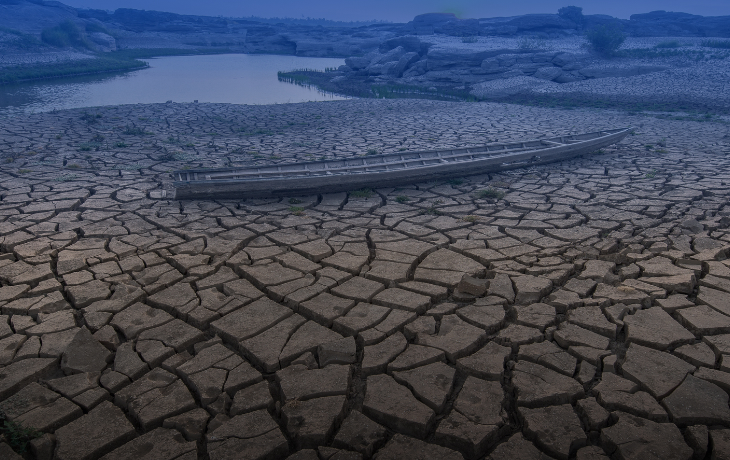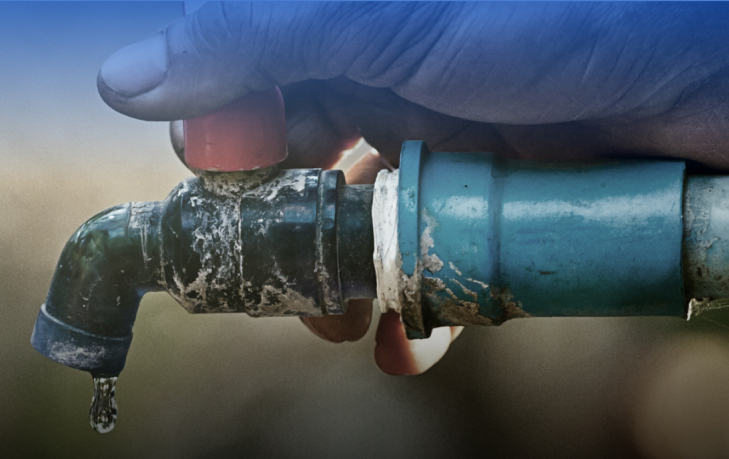

Social

In the last 50 years, the human population has more than doubled
This rapid growth and the demand for new resources has transformed water ecosystems around the world.
This is also reflected in unsustainable consumption and production patterns, leading to the overuse of water. Water scarcity is also extremely linked to poverty levels. The possibility of breaking out of the cycle of poverty is close to zero if a person cannot access food, stay healthy, go to school or keep working – all of which fully depend on access to safe, affordable and reliable water.
Access to water is at the very core of sustainable development and is a pre-condition to achieve the 2030 Agenda's Sustainable Development Goals (SDG).
Learn more about this interconnectedness here.

Same rights for the same water - a long way to go
The progress to ensure availability and sustainable management of water and sanitation for all (SDG 6) has been uneven. When most people in high-income/developed countries take safe drinking water for granted, sub-Saharan Africa has 70% of people lacking safe drinking water.
In regions already marked by water scarcity, the burden of collecting safe water tends to primarily fall on women and children, mainly girls. They can walk kilometres for water every day, leading to school dropouts and ultimately affecting many aspects of their lives. Plus, over 700 children die every day of preventable diseases caused by a lack of clean water.
Water scarcity is a major challenge for continued human and economic development and the achievement of the SDGs. As primary agents of development, all citizens have a role to play towards keeping water consumption at sustainable levels.











 Partners across the globe
Partners across the globe